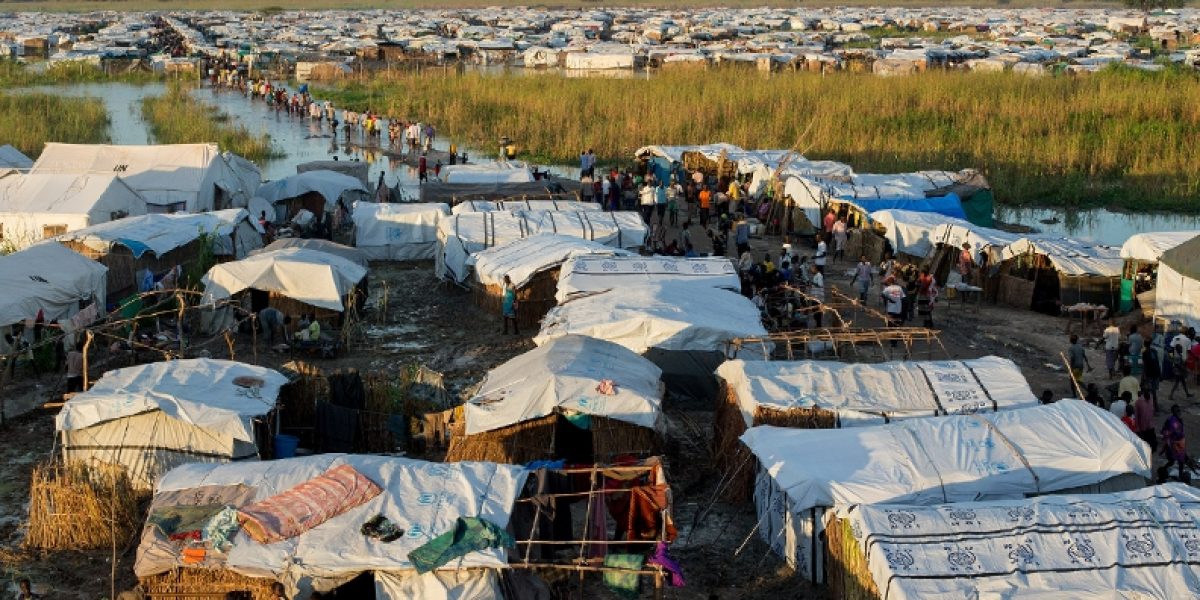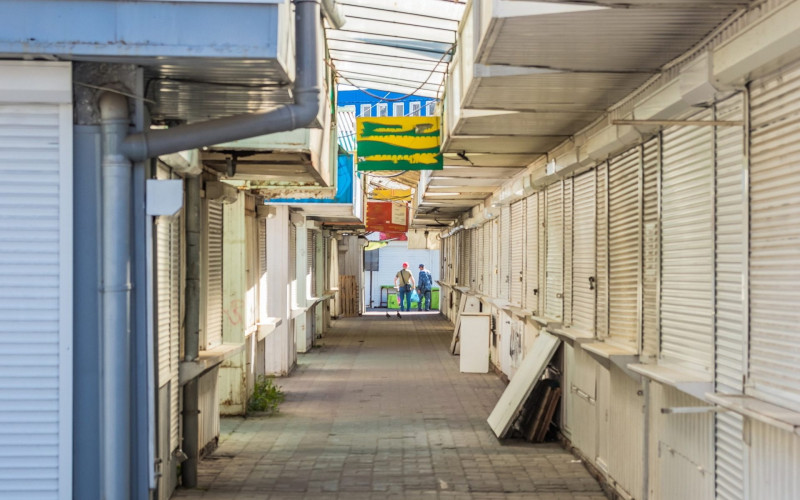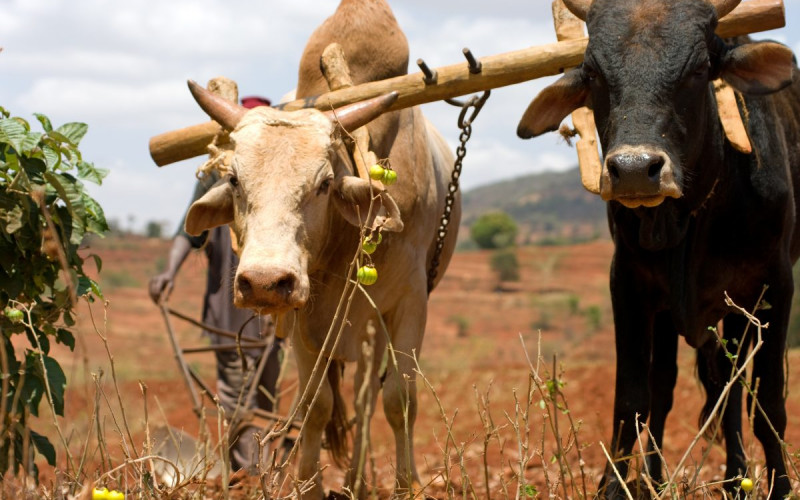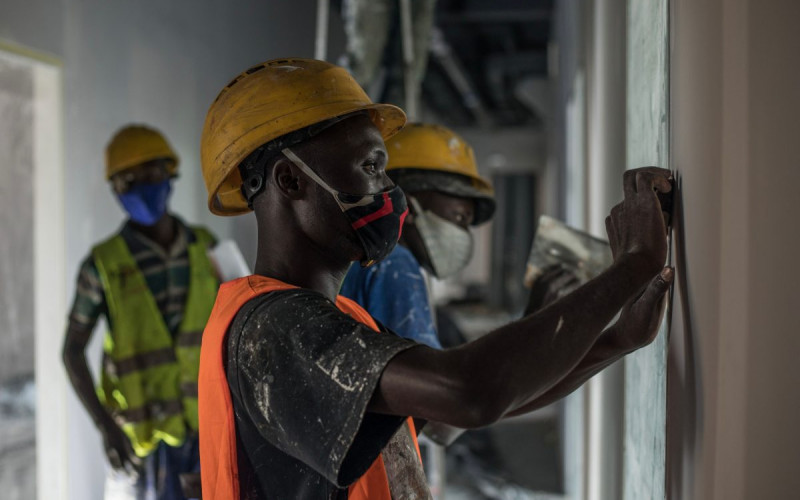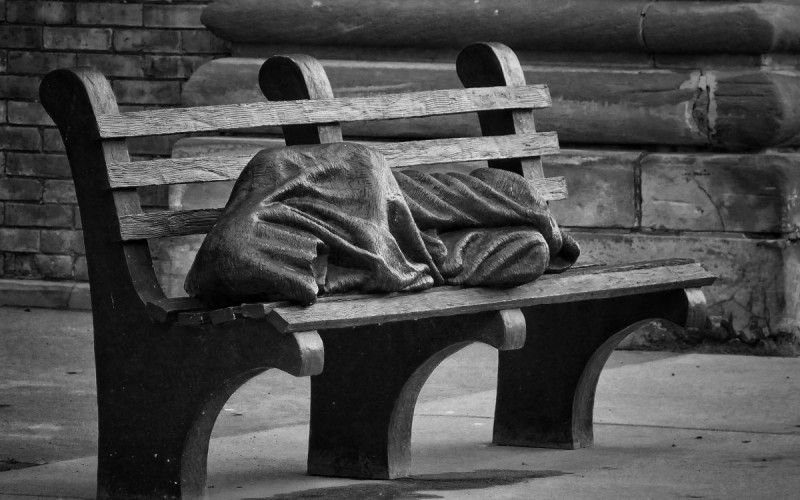It was therefore apt that Istanbul hosted the first ever World Humanitarian Summit (WHS) from 23 to 24 May 2016, building on Turkey’s humanitarian policy.
The summit was a global call to action by United Nations Secretary-General Ban Ki-moon to seek new ways to strengthen the co-ordination of humanitarian and disaster relief because of the growing number of people in crisis and the dramatic increase in funding requirements.
‘The world [currently] is witnessing the highest level of human suffering since the Second World War’, said Ban Ki-moon.
The journey leading up to the summit consisted of a rigorous consultative process to solicit inputs from key players, including those directly affected. With an estimated 130 million people worldwide who need humanitarian aid in order to survive, did these discussions produce tangible and effective outcomes or was it just another talk shop?
According to the UN Office for the Co-ordination of Humanitarian Affairs, the well-organised WHS brought together 9,000 people from 173 member states to discuss their commitments pertaining to global humanitarian crises under the theme #ShareHumanity.
Dramatically, just days ahead of the summit, Médecins Sans Frontières (MSF; Doctors Without Borders), who play a critical role in humanitarian response, pulled out of the event. Their statement said the WHS ‘neglects to reinforce the obligations of states to uphold and implement the humanitarian and refugee laws which they have signed up to and it also fails to address the weaknesses in humanitarian action and emergency response, particularly in conflict areas or epidemic situations.’ This was tragically underlined days after the statement was released with the death of three MSF staff in the Central African Republic. No action was taken by the international community which highlights the WHS’ biggest failure – addressing weaknesses in humanitarian response, especially in conflict areas.
Luanda Mpungose and Annabel Fenton were in Istanbul for the World Humanitarian Summit.
Although the mood leading up to the summit was somewhat negative, because of the MSF boycott and the absence of certain key countries, there were hints of optimism during the summit itself. One of the positives is that it provided an unprecedented platform for stakeholders to interact. The private sector was able to find out how it could contribute to humanitarian response by organisations that work on the ground; victims of humanitarian crisis could engage with responders and members of government; and a space was created for the donor community and non-governmental organisations to discuss possible partnerships.
This huge gathering hosted a significant number of high level roundtable discussions, special sessions, side events and exhibitions. Only 55 heads of states and government were in attendance, a rather poor show given the significance of the event.
In a conversation about crises resulting from conflict and natural disasters, the non-attendance of specific presidents was telling. Journalist Alessandria Masi specifically highlighted the absence of Afghanistan, Iran, Libya, Russia, Saudi Arabia and Syria from the summit. It was noted that a resolution to the humanitarian crisis without Syria’s presence at the discussion table was well-nigh impossible. The absence of UN Security Council permanent member Russia also hinders engagement and conflict resolution. This brought into question the political will of leaders to prevent and end conflict, and deal with the humanitarian crises that war unleashes.
The gathering emphasised finding a common humanity and placing people first in conflict and natural disasters. There should be a greater emphasis on strengthening accountability and humanitarian law, and to further capacitating people in local communities after a disaster or conflict as opposed to just giving them handouts. There is also a need to act collectively against those who deliberately perpetuate conflict and transgress International Humanitarian Law, thus leaving thousands of people displaced. A clear message from the summit was therefore that leaders cannot continue to treat man-made conflict and natural disasters alike.
The financial pledges that were made at the summit are also central in addressing one of the key issues in humanitarian response: funding or the lack thereof. A key example of this is Kenya’s announcement that it intends to shut down two of Africa’s biggest refugee camps, Dabaab and Kakuma due to the financial burden these camps place on the country.
The summit put forward core commitments made by key stakeholders, including a commitment towards global leadership to prevent and end conflict; leaving no one behind; and upholding norms that safeguard humanity. In total, approximately 1,500 commitments were made to better respond to the present humanitarian crises.
It is unfortunate, however, that these commitments are non-binding. It is therefore easy for those who made commitments to neglect them and carry on with business as usual.
The summit was an initiative paved with good intentions, but coming together in Istanbul was just the beginning. The real work begins with the implementation and honouring of the core commitments and pledges. The discussions were effective and relevant in addressing some of the pertinent issues in the humanitarian system, but more needs to be done on the adoption of binding measures to uphold humanitarian law, strengthen humanitarian policy and the prevention of conflict.
In engaging with these challenges, the South African government could do more to capacitate young people, the leaders of tomorrow, to play a constructive role on humanitarian affairs.


